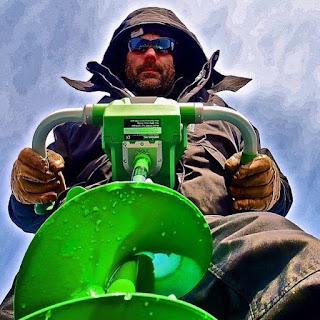The American Red
Squirrel
The American Red Squirrel’s (Tamiasciurus hudsonicus) native range
stretches across the conifer
forests of Canada , southern Alaska , coastal British Colombia, and the United States from the Rocky
Mountains east to the Atlantic coast. The only area of the United States devoid of red squirrels is the Pacific
Northwest, where their territory is eclipsed by the Douglas
squirrel.
Scientists studying Red Squirrels have
determined that over 50% of their diet is comprised of white spruce seeds. Red
Squirrels pile consumed seed cones in piles called middens. These piles can
sometimes get quite large, encompassing more than a meter in diameter. Red Squirrel
territories may contain one or several middens.
Red Squirrels when not aggressively eating,
busily work collecting white spruce cones, buds, berries and even mushrooms.
Red Squirrels store food in centralized caches where they can be easily
accessed throughout the long winter months when food is less readily available.
Red Squirrel females produce one
litter per year. In some years reproduction is skipped, while in other years females
may breed twice, scientists predict that availability of food, the overall
health of the population and other environmental factors may affect these
patterns. Rarely nesting below ground, Red Squirrels more commonly nest in the branches or cavities of spruce
trees.
Litters range in size from 1-5 young.
Pink and hairless at birth, baby squirrels are completely dependent upon their
mothers until they finishing nursing at 70 days. At 125 days Red Squirrels reach their adult size of
approximately 9 ounces.
Red Squirrels experience
severe mortality with only about 22% surviving to one year of age. Those
fortunate enough to beat the odds and survive to one year of age, typically
live to 2.5 years. Red Squirrels in captivity have been recorded as living as
long as eight years.
Wildlife Quiz Questions:
1. What is the native range of the Red Squirrel?
2. How often does the Red Squirrel breed?
4. How big are Red Squirrel litters?
5. What percentage of Red Squirrels survive
the first year?
6. What do Red Squirrels eat?
7. What are piles of Red Squirrel
consumed seed cones called?
8. How old can Red Squirrels live in
captivity?
Wildlife
Quiz Answers:
1. The native range of the Red Squirrel stretches across the conifer forests of most of Canada , the southern Alaska ,
coastal British Colombia, and a wide majority of the United
States from the Rocky Mountains
east to the Atlantic coast.
2. Red Squirrels produce one
litter per year, but in some years reproduction is skipped, while in other
years females may breed twice.
4. Red Squirrel litters range in size from 1-5 young.
5. Only about 22% of Red Squirrels survive to one year of age.
6. Red squirrels eat tree buds, berries, seeds, acorns
and even some types of fungi.
7. The piles
of seed cones consumed by Red Squirrels are called middens.
8. In captivity, Red Squirrels have been known to live to
eight years old.



